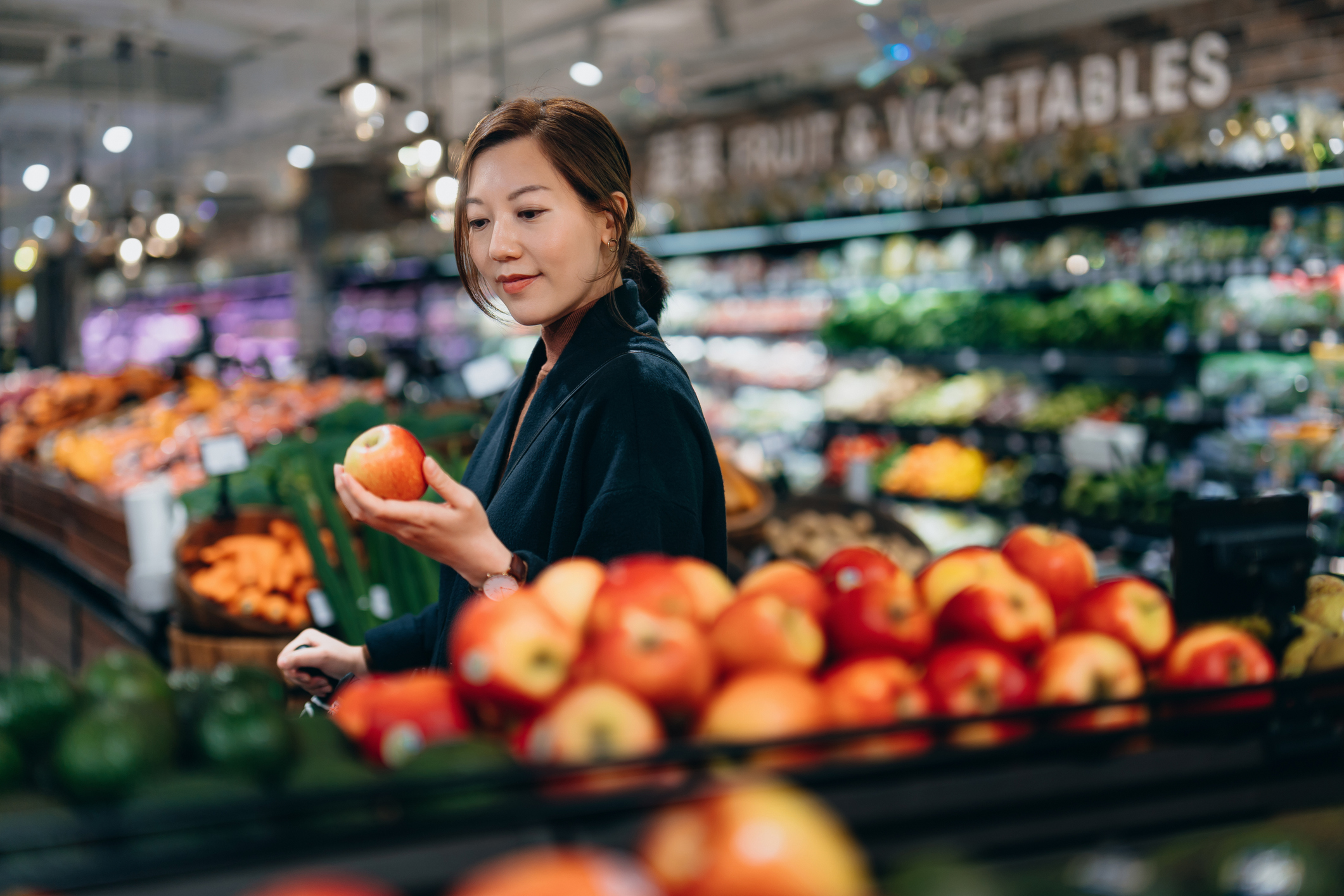Grocery inflation at lowest level in almost three years
Supermarket sales were strong this month, partly driven by a boost from the Euros, but grocery inflation continues to slow.


Grocery prices are rising at the slowest rate since September 2021, according to the latest data from research firm Kantar – a boost for shoppers struggling with the cost of living.
Prices rose by 1.6% on an annual basis in the four weeks to 7 July.
The figures come during a buoyant month for UK supermarkets, which saw an increase in footfall and sales. “Britons made 2% more trips to the supermarket this period than they did one year ago,” says Fraser McKevitt, head of retail and consumer insight at Kantar.
MoneyWeek
Subscribe to MoneyWeek today and get your first six magazine issues absolutely FREE

Sign up to Money Morning
Don't miss the latest investment and personal finances news, market analysis, plus money-saving tips with our free twice-daily newsletter
Don't miss the latest investment and personal finances news, market analysis, plus money-saving tips with our free twice-daily newsletter
Sales are up by 2.2%, partly driven by a boost from the men’s Euros, with families adding beer and matchday snacks to their baskets.
Some shoppers are also switching back to the brands that they know and love as prices start to come under control. “Sales of branded products increased by 3.6%, outpacing own-label items at 2.7%,” McKevitt adds.
Prices are still rising, but at a far slower rate than they once were. What’s more, wages are now rising at a faster rate than inflation, which means many households are starting to see the pound in their pocket go further.
We look at the latest trends before delving into what it means for the UK economy. Will interest rates come down this summer as inflation continues to slow?
What are households spending on?
The increase in footfall and sales, combined with the return to branded products, suggests consumer confidence is starting to improve. However, a wet summer has changed the items shoppers are putting in their baskets.
“Over the past three months, sales of cold and flu treatments jumped by 35%, while sun cream dipped by 10% compared with last year, when we were enjoying the warmest June on record,” says McKevitt. He adds that fake tan sales are up 16%.
This is not the only time the rain has threatened to dampen sales in certain areas. Last month’s report from Kantar showed supermarket sales were up just 1% in the four weeks to June (versus 2.2% this month), as consumers gave the shops a swerve due to the rain.
Supermarkets will be hoping for a spell of good weather going forwards, if the sunshine is enough to continue the Euros boost and get shoppers putting more beer and barbeque foods in their trolleys.
Which supermarkets are benefitting the most?
We recently looked at whether UK supermarket stocks are a good buy – and our conclusion was that it’s a competitive sector driven by a ruthless battle for market share. This is good news for the consumer, as it keeps prices competitive, but it can make for a volatile investment experience.
The latest Kantar data reveals Ocado was the fastest growing grocer again this month for the fifth time in a row. Sales are up 10.7% over the 12 weeks to 7 July.
Despite this, the online retailer and grocery tech company has been a bad buy for investors in recent years. The share price is down more than 86% from its peak during the pandemic in 2020, and the company was recently relegated from the FTSE 100.
Ocado’s half-year results were better than expected when released today, 16 July, giving the share price a boost. However, it is still down almost 50% year-to-date.
Dan Coatsworth, investment analyst at AJ Bell, says the company is “like a yo-yo” and that it “needs to make a habit of regularly producing [good] results like these if it is to properly win back the market’s favour”.
What’s next for the economy and will interest rates fall?
The continued slowdown in grocery prices could bode well for tomorrow’s inflation figures – the Consumer Prices Index will be published at 7am.
Inflation hit the Bank of England’s 2% target in May, after falling from a peak of 11.1% in October 2022.
All eyes are now on the Monetary Policy Committee (MPC) and when it will cut interest rates. They have been held at a 16-year high of 5.25% for almost a year.
The MPC is next due to meet on 1 August, but experts are starting to wonder whether a September cut is more likely.
Although headline inflation has slowed significantly, core inflation, services inflation and wage growth are still higher than the Bank of England would like.
Get the latest financial news, insights and expert analysis from our award-winning MoneyWeek team, to help you understand what really matters when it comes to your finances.
Katie has a background in investment writing and is interested in everything to do with personal finance, politics, and investing. She previously worked at MoneyWeek and Invesco.
-
 The most influential people of 2025
The most influential people of 2025Here are the most influential people of 2025, from New York's mayor-elect Zohran Mamdani to Japan’s Iron Lady Sanae Takaichi
-
 Millions of parents are missing out on up to £720 a year in extra pension cash – are you affected?
Millions of parents are missing out on up to £720 a year in extra pension cash – are you affected?A mum who narrowly missed out on the pension boost said she “never knew the government rule existed” and wants other parents to use it
